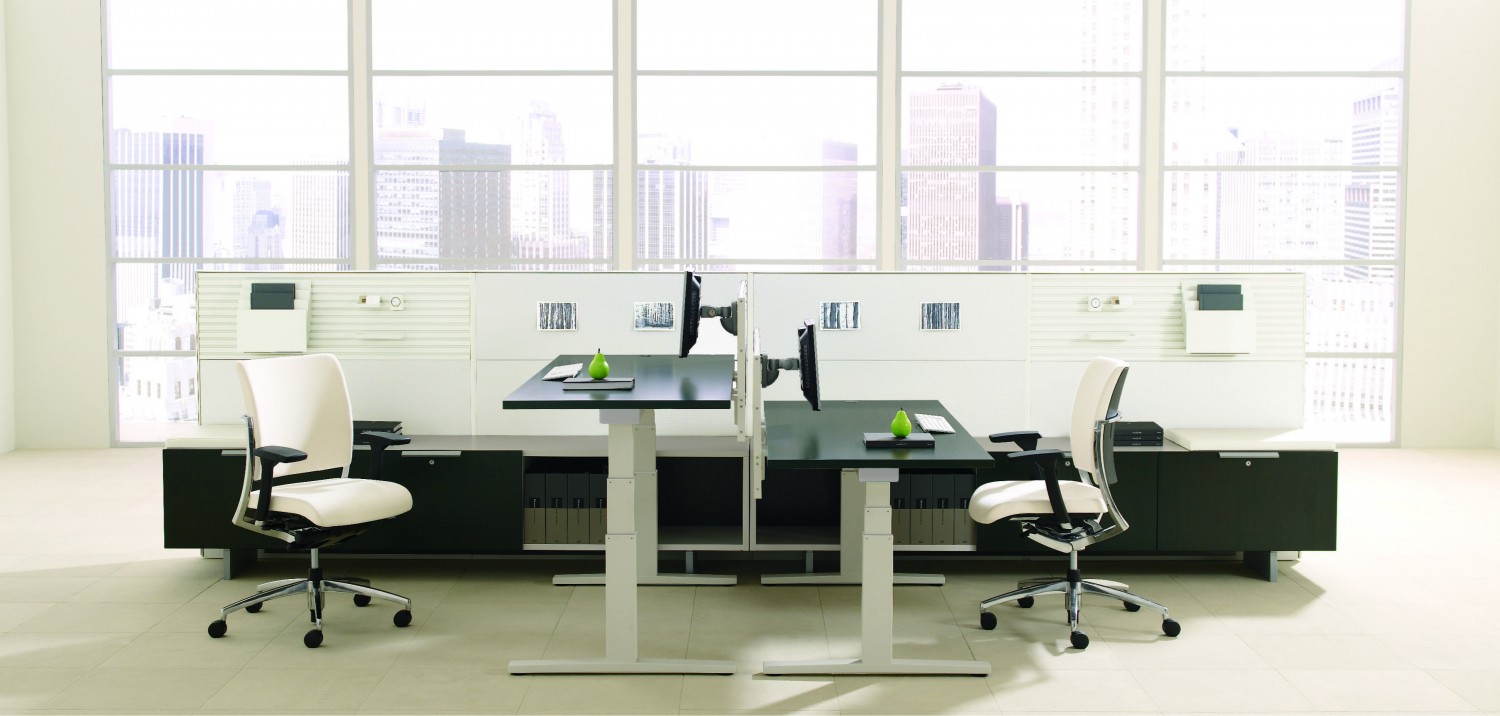Project teams often begin to explore the Living Building Challenge by weighing the early development costs with the long-term payback. Although the challenge of allocating capital to renewable energy systems and healthy materials may seem insurmountable, but projects such as HopeWorks Station Phase 2, a project of the affordable housing developers Housing Hope, are proving the feasibility of integrating sustainability into affordable housing. In August of 2015, the HopeWorks Station Phase 2 project and seven other national affordable housing projects were accepted into the Living Building Challenge Affordable Housing Pilot Program (LBC Pilot Program). The purpose of the Pilot Program is to connect leading affordable housing innovators to work hand-in-hand with the International Living Future Institute (ILFI) to forge a path for affordable housing projects to be the most sustainable and healthy buildings in the world.
The process begins by the willingness to engage in asking difficult questions. If project teams aim to achieve a thriving future for all, design and development processes need to take action to bridge public-private partnerships and to empower the residents. We must be willing to answer tough questions:
•How can we decrease or eliminate energy bills?
• How can we use clean energy for 100% of the occupants needs?
• Do our permanent residents and visitors feel connected to their community?
• How can architecture and planning cultivate community?
HopeWorks Station Phase 2 is a 150,000 square foot five-story multi-use building in Everett, WA. With this project, Housing Hope is asking tough questions questions as they work to achieve Net Zero Energy Building (NZEB) Certification. The HopeWorks Station Phase 2 project is a unique venture that will provide both living and working spaces for low-income and formerly homeless individuals and families. The top three levels of the building will be affordable housing units, including 1 and 2-bedrooms, studios and dormitories. There will be one floor of offices for the Housing Hope headquarters and the ground floor will include retail space with a 2,000 square foot café, 1,000 square foot kitchen and training facility and a 2,000 square foot commercial public laundry facility.
The project also includes 2.5 stories of projected partially-enclosed, above ground and underground parking, as required by current city code. The site has a Walkscore of 74, ensuring that “most errands can be accomplished by foot.” For longer commutes, the site is conveniently situated in a transit-oriented district, a block from major transit options, including the Everett Amtrak Station and the Everett bus line 201 and 202. By 2023, these bus lines may be able to take residents to the Lynwood Transit Center, a 13-mile trip, to a potential future site of the Puget Sound’s interconnected Light Rail system. How can we work within current limitations, such as jurisdictional-required parking constraints, and the needs of the future population?
The project team is well-equipped to embrace the people-focused philosophy of the LBC Pilot Program, which compels projects to take a step back from the usual tunnel-vision process of housing development.
Housing Hope took the first step to conduct a feasibility study and ran a solar potential analysis to determine the opportunity to meet Net Zero Energy (100% of project’s energy supplied by on-site renewables). Feasibility study analysis are based on the carrying capacity of the site, meaning how much energy could be generated with rooftop photovoltaic panels (PV panels) covering the entire 15,000 square foot roof area. The scenarios provided within the study demonstrated that a solar array system achieving Net Zero Performance would require Scale Jumping to surrounding locations outside of the Phase 2 developments.
Bobby Thompson, Housing Director for Housing Hope commented, “From the onset of gathering project information through the completion of the Feasibility Study, ILFI staff members have been engaged partners in the LBC process. Specifically, they have been instrumental in helping us forge a viable path towards meeting Net Zero Energy Building Certification, and achieving compliance with the LBC’s Energy Petal, Place Petal, and Beauty Petal.”
Based on an analysis that includes parking square footage, the project would need to target an Energy Usage Intensity (EUI)[2] of 6. Given that the existing building programming number was heavily skewed by the demands of the large amount of parking, the target EUI seemed unrealistic. By incorporating a transit-oriented development through mobility design choices including: covered and secured bike storage; shower and changing facilities; and partnerships with businesses and local communities, there was a large potential for human-powered transportation and mass transit. When parking was removed from the equation, the target EUI jumped to 12. Is this EUI achievable given the building type? Housing Hope is willing to find out.
Bobby Thompson is a key conduit between ILFI and the Hopeworks project. He noted three areas of the collaborative process that have been particularly helpful for his organization:
• Analysis of net positive energy production through solar photovoltaic scale jumping: The scenarios provided within the Feasibility Study demonstrated for Housing Hope that a solar array system achieving Net Zero Performance will require Scale Jumping to surrounding locations outside of the phase 2 development.
• Design and specification suggestions that will lower the project’s energy consumption: Defining and providing definition to design suggestions (envelope and mechanical improvements) combined with material/building system suggestions (VRFs, Prosoco R-guards, etc.) allow Housing Hope to create an architect RFP with better definition, and also a working document that can be used by their design team upon selection.
• Achieving a “Human Powered Living” project that encourages a human powered lifestyle through design and development: The Feasibility Study provides guidance for creating a project that promotes and encourages healthy living through design choices believed to mitigate the necessity for traditional residential and commercial parking requirements per the City of Everett. Through the suggestions given by ILFI, it’s our belief that what the City views as “transit-oriented development” can be achieved through “mobility” design choices. This includes covered and secured bike storage, shower and changing facilities for employees that bike to work, and partnerships with neighboring businesses and the local community for advocacy for developments encouraging human-powered transportation and mass transit.
For affordable housing developers, it is difficult to overcome the barrier of implementing sustainable design into their projects with the capital funding challenges that exist. But through the Living Building Challenge Affordable Housing Pilot Program, participants such as Hopeworks Station Phase 2 are able to define and clarify design goals with meaningful, applicable data. This data will help answer those tough questions and ensure the creation of sustainable structures for a thriving, inclusive community.


